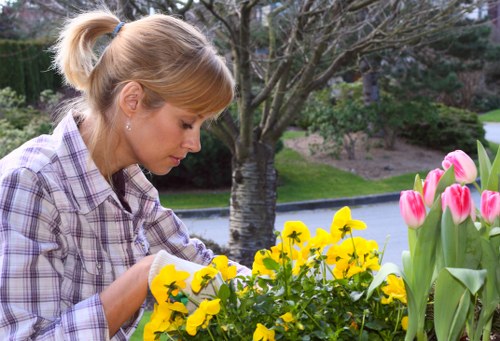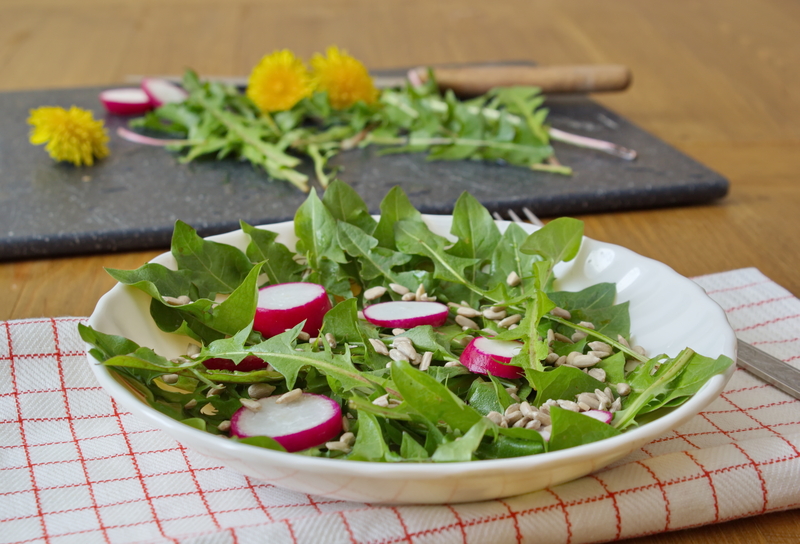Comprehensive Guide to Garden Maintenance in Wood Green

Maintaining a beautiful garden in Wood Green requires regular care and attention. Whether you're a seasoned gardener or a beginner, understanding the specific needs of your garden can help it thrive throughout the year. In this article, we'll explore essential garden maintenance tips tailored for Wood Green's unique climate and soil conditions.
Understanding the Climate: Wood Green experiences a temperate climate with mild winters and warm summers. This means your garden plants need to be resilient and adaptable to varying temperatures. Selecting the right plants is crucial for ensuring year-round beauty and health.
Soil Preparation is the foundation of any successful garden. In Wood Green, the soil tends to be a mix of clay and loam, which affects drainage and nutrient retention. Proper soil preparation involves testing the pH levels and amending the soil with organic matter to enhance fertility.

Regular watering is vital, especially during the dry summer months. Investing in an efficient irrigation system can save time and ensure your plants receive consistent moisture. Drip irrigation is particularly effective for delivering water directly to the roots, minimizing evaporation and runoff.
Pruning and trimming are essential for maintaining the shape and health of your plants. Remove dead or diseased branches to prevent the spread of pests and encourage new growth. Proper pruning techniques can also enhance airflow, reducing the risk of fungal infections.
Weeding should be done regularly to prevent unwanted plants from competing with your garden's flora. Mulching around plants can suppress weed growth, retain soil moisture, and regulate soil temperature. Organic mulches like wood chips or straw are excellent choices for Wood Green gardens.

Fertilizing your garden ensures that plants receive the necessary nutrients for growth. In Wood Green, using a balanced fertilizer can support both leafy greens and flowering plants. It's important to follow the recommended application rates to avoid over-fertilization, which can harm your plants.
Pest and disease management is a critical aspect of garden maintenance. Regularly inspect your plants for signs of insects or diseases and take prompt action to address any issues. Natural remedies and integrated pest management strategies are effective ways to keep your garden healthy without relying heavily on chemical pesticides.
Seasonal care is important to prepare your garden for different times of the year. In the spring, focus on planting new seeds and preparing beds for summer growth. During the autumn, clear away fallen leaves and protect sensitive plants from the upcoming cold weather.


Maintaining garden tools is often overlooked but is essential for effective garden maintenance. Keep your tools clean, sharpened, and stored properly to extend their lifespan and ensure they are ready for use whenever needed.
Attracting beneficial wildlife can enhance your garden's ecosystem. Plants that attract pollinators like bees and butterflies not only add beauty but also support the health of your garden. Installing birdhouses or bat boxes can help control insect populations naturally.
Creating designated areas for different activities, such as seating areas, vegetable patches, or flower beds, can help organize your garden and make maintenance easier. Proper planning and layout contribute to a functional and aesthetically pleasing garden space.

By following these garden maintenance tips, you can ensure that your Wood Green garden remains vibrant and healthy throughout the year. Regular care, attention to detail, and an understanding of your garden's specific needs will result in a beautiful outdoor space that you can enjoy and take pride in.
